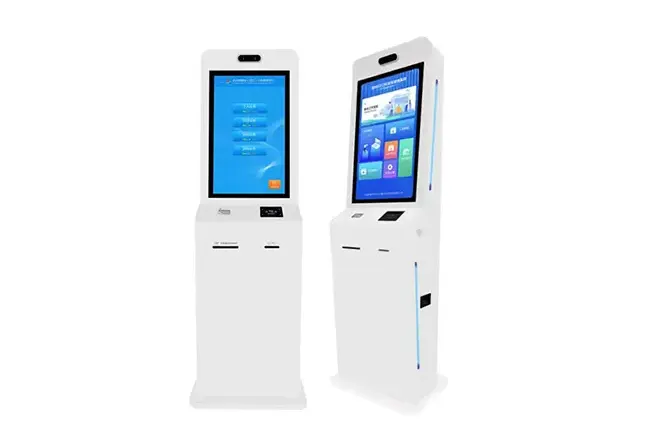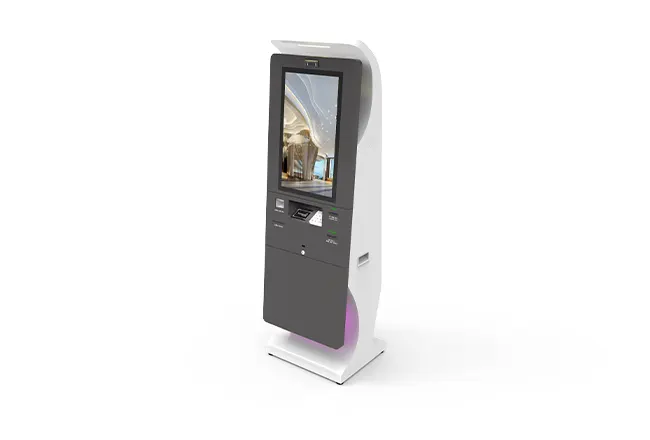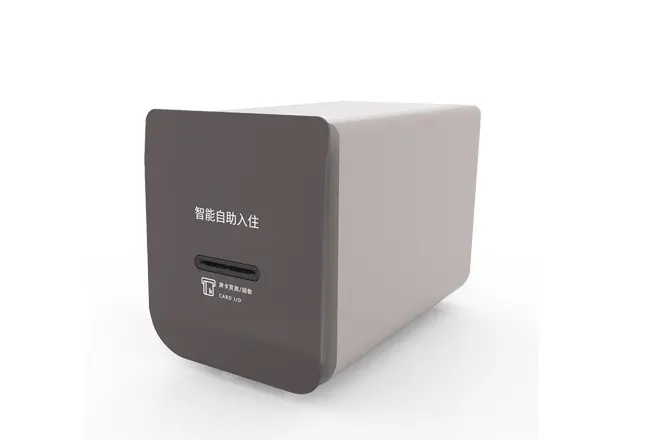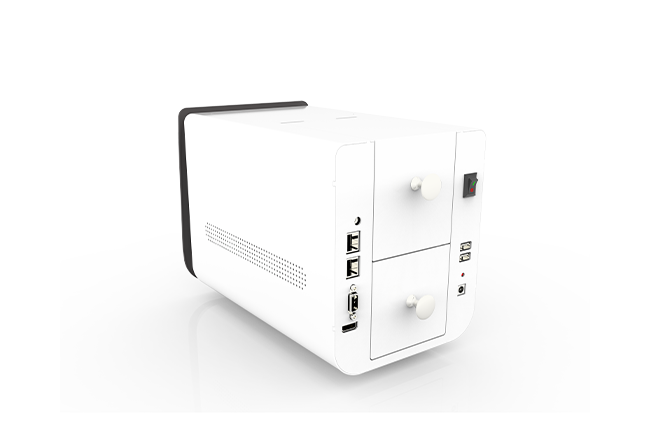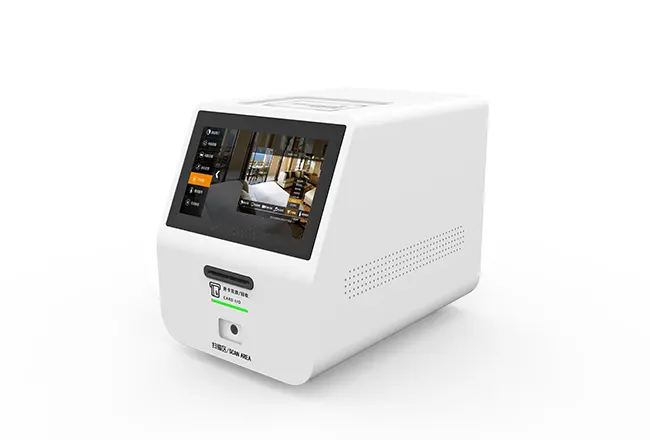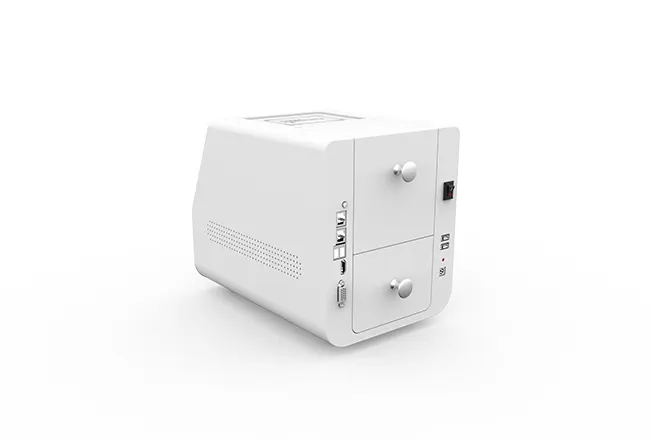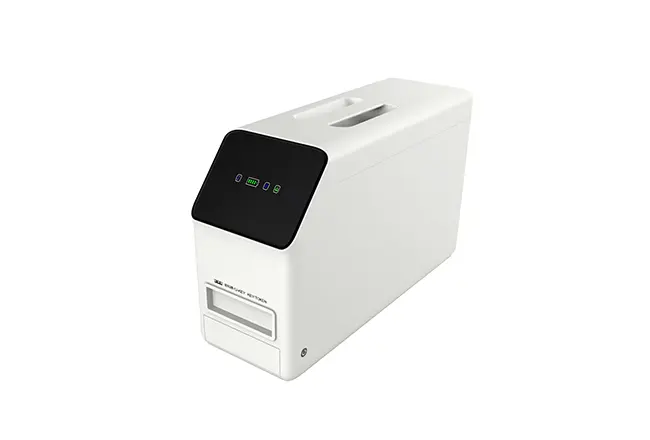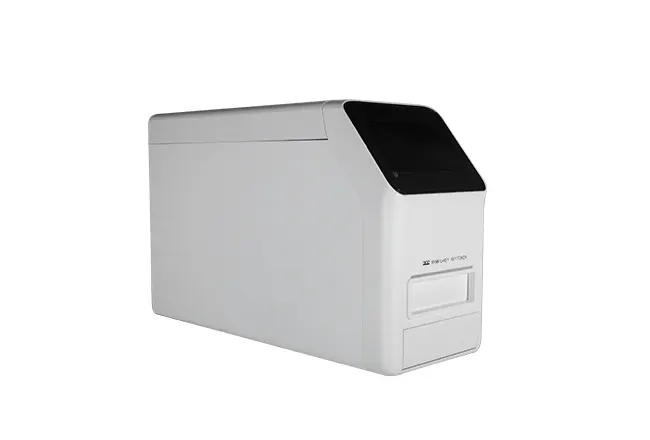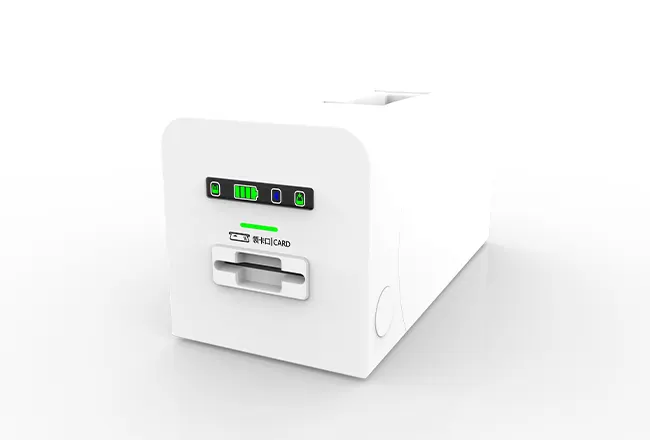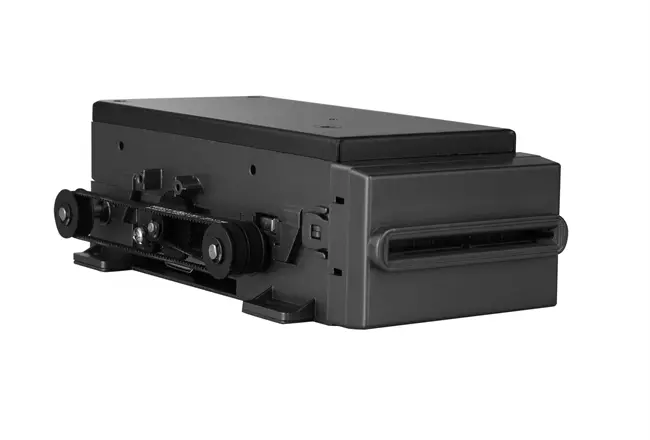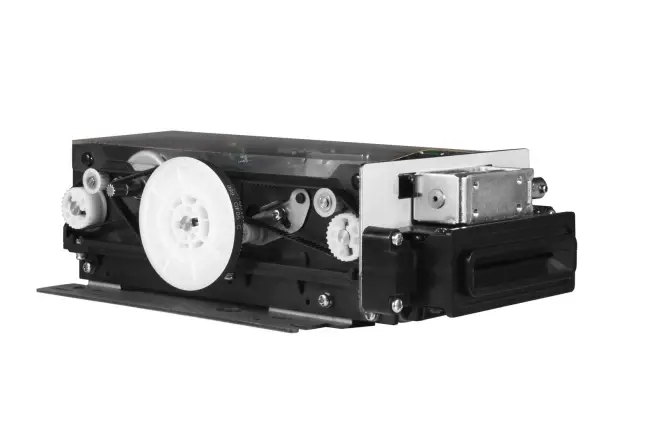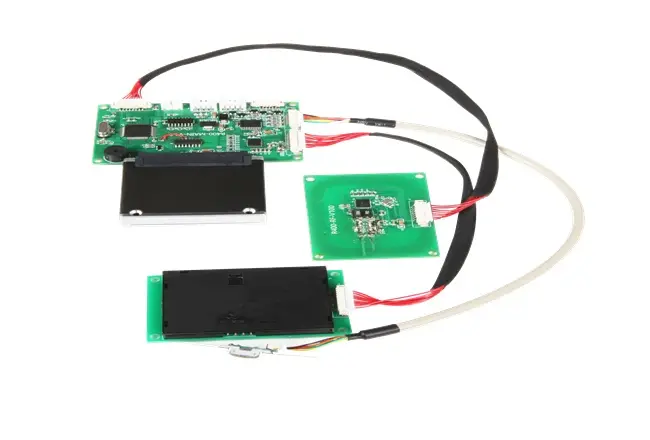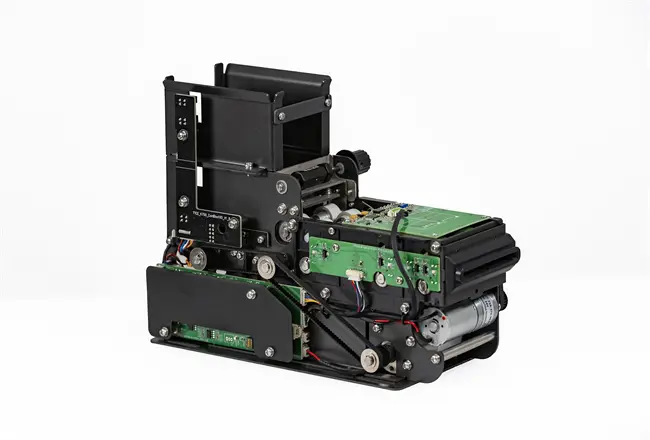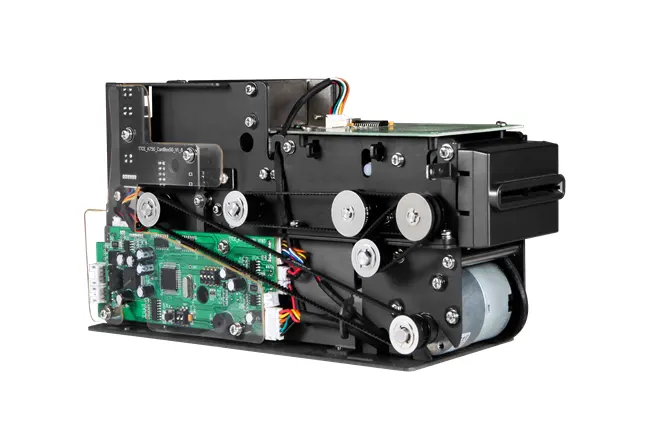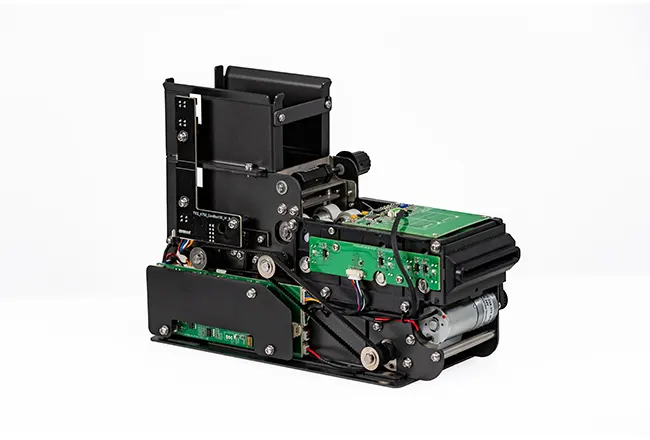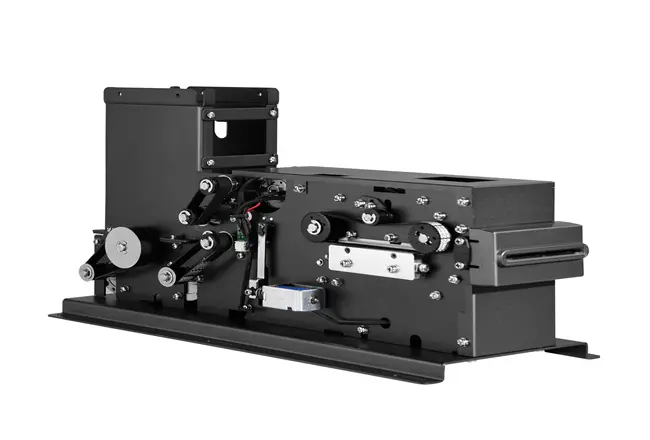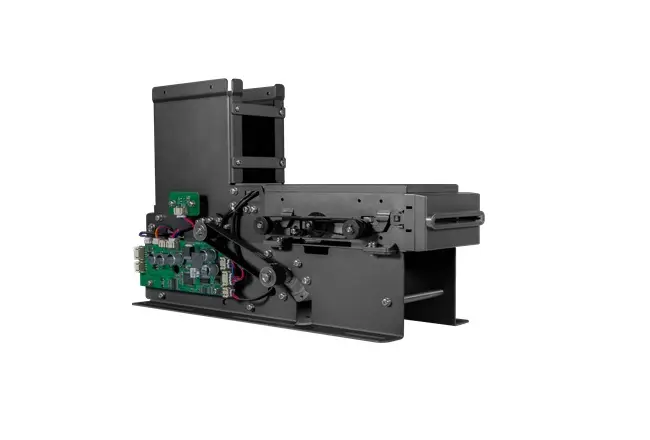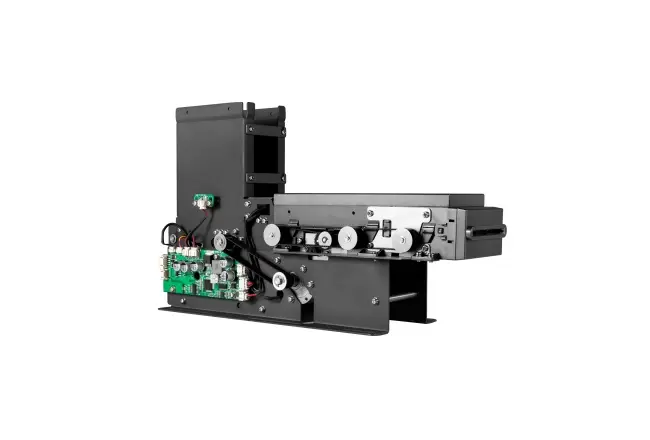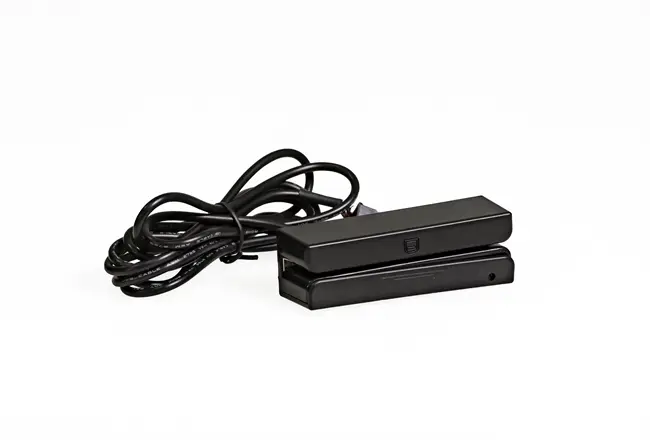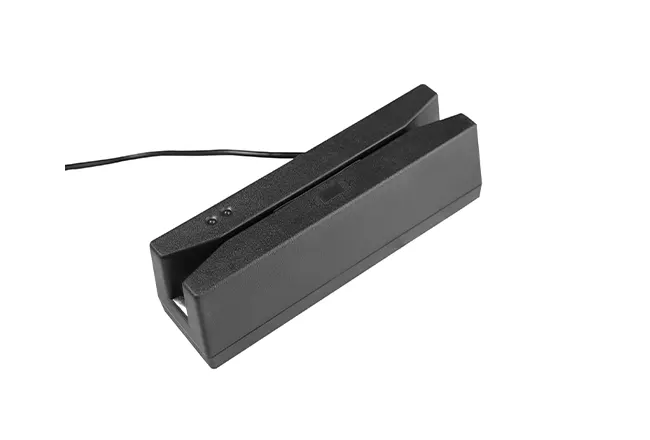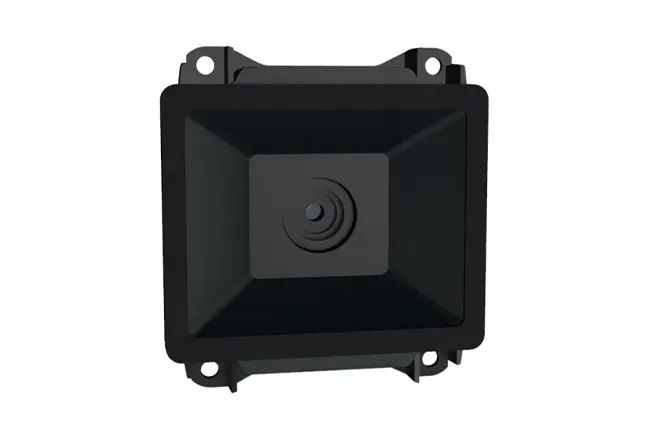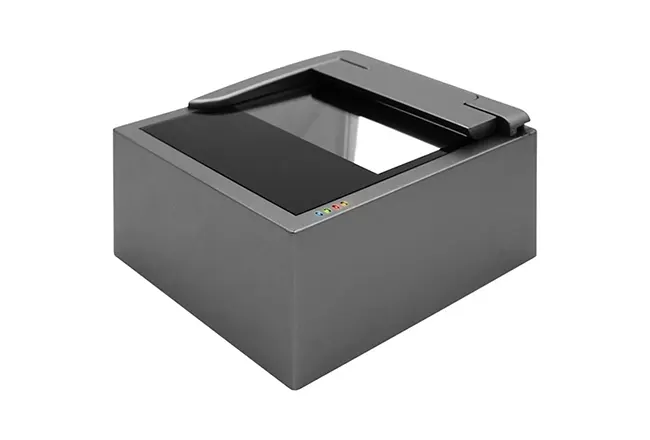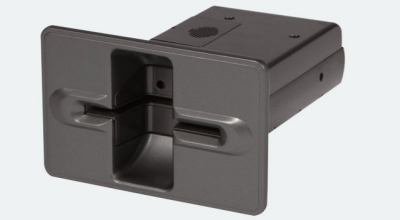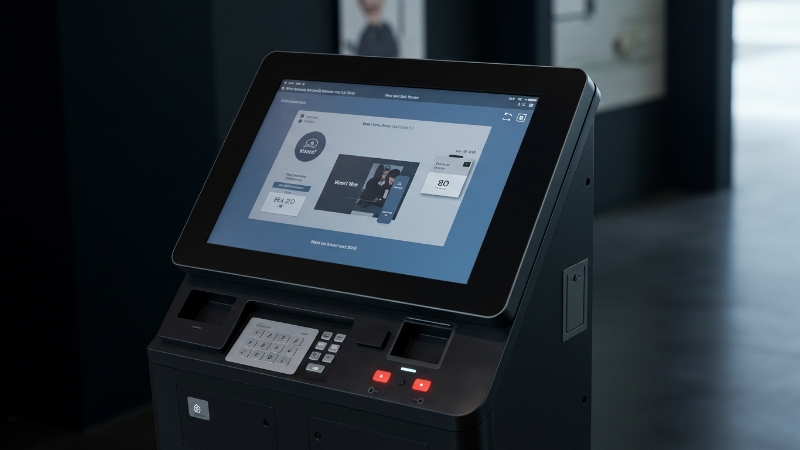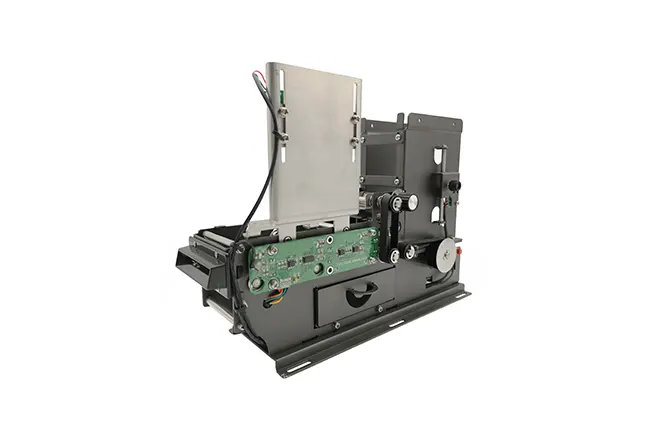Blog Related
Hotels Enhance Guest Experience Through Touch-Free RFID Card Dispenser Upgrades
2025-05-29Hotel lobbies are changing fast. Travelers no longer see a queue at reception as part of the adventure. They see it as lost time. After the pandemic guests also see it as a possible health risk. That is why many properties have replaced the traditional counter with a self-service zone. At the center of that zone you will often find an RFID card dispenser. The unit looks simple, yet it solves several problems at once. It issues a fresh key card in seconds, limits face-to-face contact, and keeps the first impression of the hotel both modern and calm. When a guest walks up, a kiosk asks for a booking code or a quick ID scan. The RFID card dispenser then releases a programmed card without any human touch. The process feels almost invisible, and that is the point. Great service today is frictionless service.
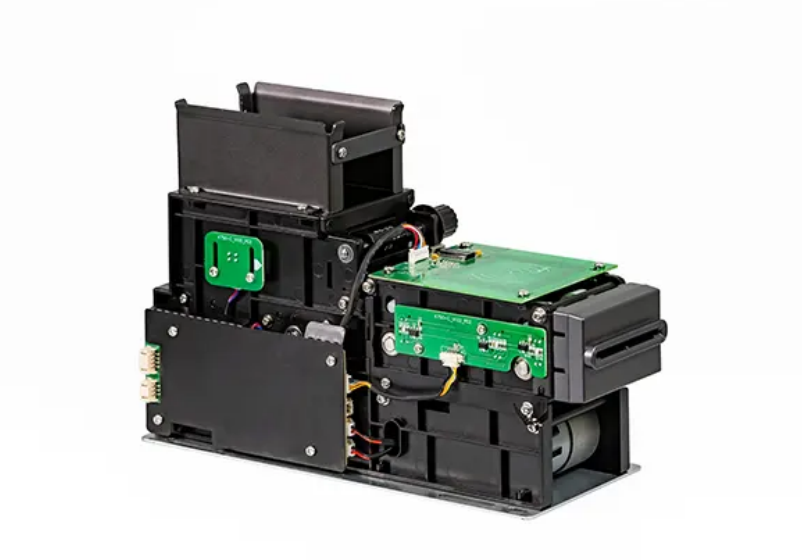
Across the globe brands are rolling out the same idea. Business travelers in New York, families in Tokyo, and backpackers in Berlin all show the same preference for speed, safety, and self-direction. Analysts now classify touch-free check-in as a baseline feature, not a premium perk. Hotels that refuse to adapt risk lower review scores and weaker loyalty numbers. Adopting an RFID card dispenser is therefore more than a tech update. It is a direct response to a shift in guest psychology. People expect invisible processes that protect their time and their health. Smart operators deliver exactly that and win repeat business.
Why the RFID Card Dispenser Redefines Hotel Efficiency
Replacing a manual desk with an automated hand-off sounds minor. In practice it changes the rhythm of an entire property. Below are the core gains:
- Instant issuance: A programmed key appears in three to five seconds, so even large groups move through the lobby with no bottleneck.
- Hygienic confidence: The card pops out of the slot untouched by staff, lowering contact points and reinforcing a clean-stay promise.
- Lean staffing: Agents spend less time printing cards and more time answering complex questions, upgrading perceived service quality.
- Accurate data capture: The kiosk feeds booking details straight into the property-management system, removing manual typos and late-night reconciliation.
- Brand consistency: A unified interface and a slim RFID card dispenser create the same arrival journey in every branch, which strengthens chain identity.
Behind the bulletpoints lies a practical reality: margins in hospitality are thin. Shaving even one minute from each arrival can free hours of labor each day. Those hours convert to savings or can be reinvested in upselling, concierge work, or loyalty care. Hotels also avoid the hidden cost of re-cutting lost or demagnetized cards. RFID technology is less prone to failure than magnetic stripes, and the dispenser's internal reader can instantly rewrite a replacement when needed. Add analytics to the mix and managers gain live insights. They can see peak check-in periods, monitor dispenser inventory, and schedule preventative maintenance before guests notice any issue. The result is a lobby that looks quiet while running a high-precision workflow under the hood.
The Smart Choice for Global Chains
Many vendors sell automated dispensers, yet few bring twenty-four years of focused RFID research to the table. Tianteng does. Operating in 126 countries, the firm supports more than ten thousand clients and speaks the language of real-world hotel operations. Its flagship TTCE-K750-C RFID card dispenser stands out for three reasons.
First, it is versatile. The unit issues, reads, and writes cards that follow either ISO 14443A or ISO 15693 standards. That makes integration with existing door-lock systems simple. A reserved slot for a third-party RF module means brands can keep their preferred reader vendor and still enjoy full dispenser automation. Second, it is precise. CNC machining guarantees exact spacing between cards, cutting jams that plague older designs. If a jam still occurs the system triggers an auto-recovery routine and returns to service in moments. Third, it is space-efficient. The high-strength plastic card channel allows multiple stop positions and adjustable box capacity, so designers can tuck the unit into a slim kiosk or a classic front-desk counter with equal ease.
Tianteng backs the hardware with a clear roadmap. Engineers are already testing smaller motors, faster encoding chips, and cloud-ready diagnostics. Future dispensers will link with mobile apps, letting a guest choose between a physical key and a digital key on the same screen. Security updates will arrive over the air, closing compliance gaps before auditors arrive. By choosing the TTCE-K750-C today, hotels place themselves on a platform that will grow without disruptive swaps.
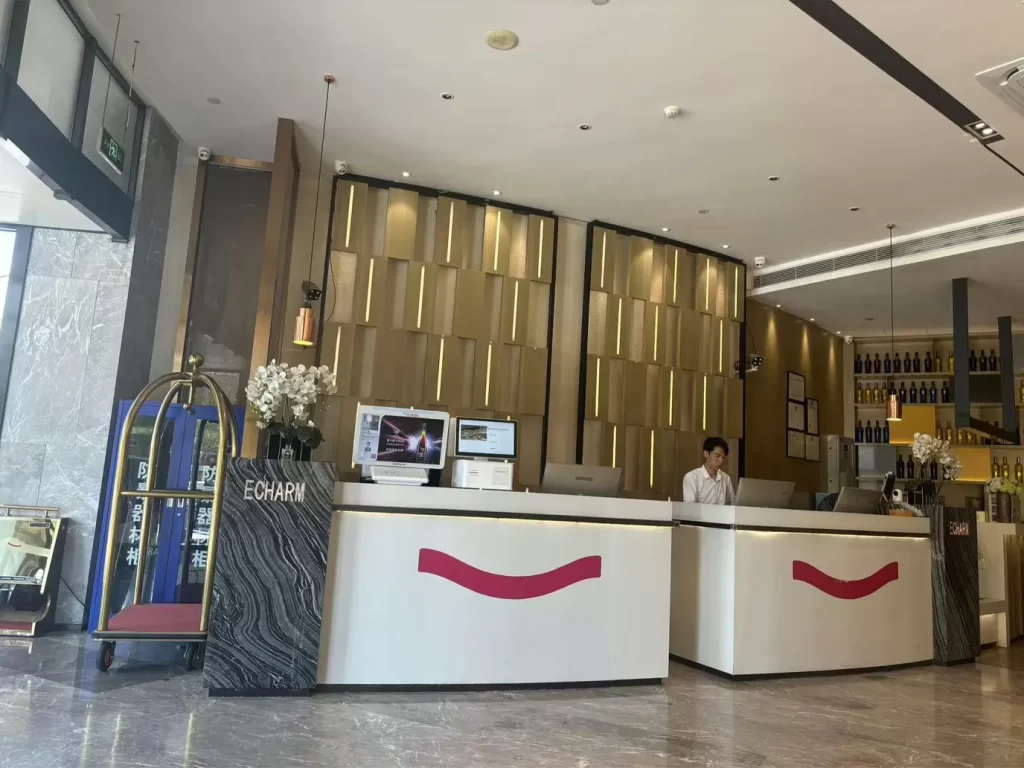
• Implementation Tips for a Smooth Rollout
✅ Position kiosks in the natural path between the entrance and the elevator bank.
✅ Use large icons and brief copy so travelers of any language can finish in one attempt.
✅ Stock spare card boxes in an easy-reach cabinet near the kiosk to shorten refill time.
✅ Schedule weekly system checks during off-peak hours to push firmware updates and run card-path cleaning cycles.
✅ Train staff to greet from a distance, guiding guests only if the kiosk lights indicate help is needed.
Tianteng's support team provides remote setup, on-site training, and local spare-part depots in major regions. With that safety net, even independent hotels can deploy an RFID card dispenser without hiring new IT staff. For multi-property chains the firm offers bulk pricing and a single integration API, ensuring brand-wide consistency.
Final Thought
Guests remember their first three minutes in a hotel. A smooth, touch-free hand-off sets the tone for the entire stay. By installing an RFID card dispenser like the Tianteng TTCE-K750-C, hotels deliver that first impression with speed, hygiene, and style. The investment pays back through higher satisfaction scores, lower operating costs, and a future-proof lobby that matches modern travel expectations. Thousands of properties have already made the switch. The question is no longer why adopt touch-free key issuance. It is when.

